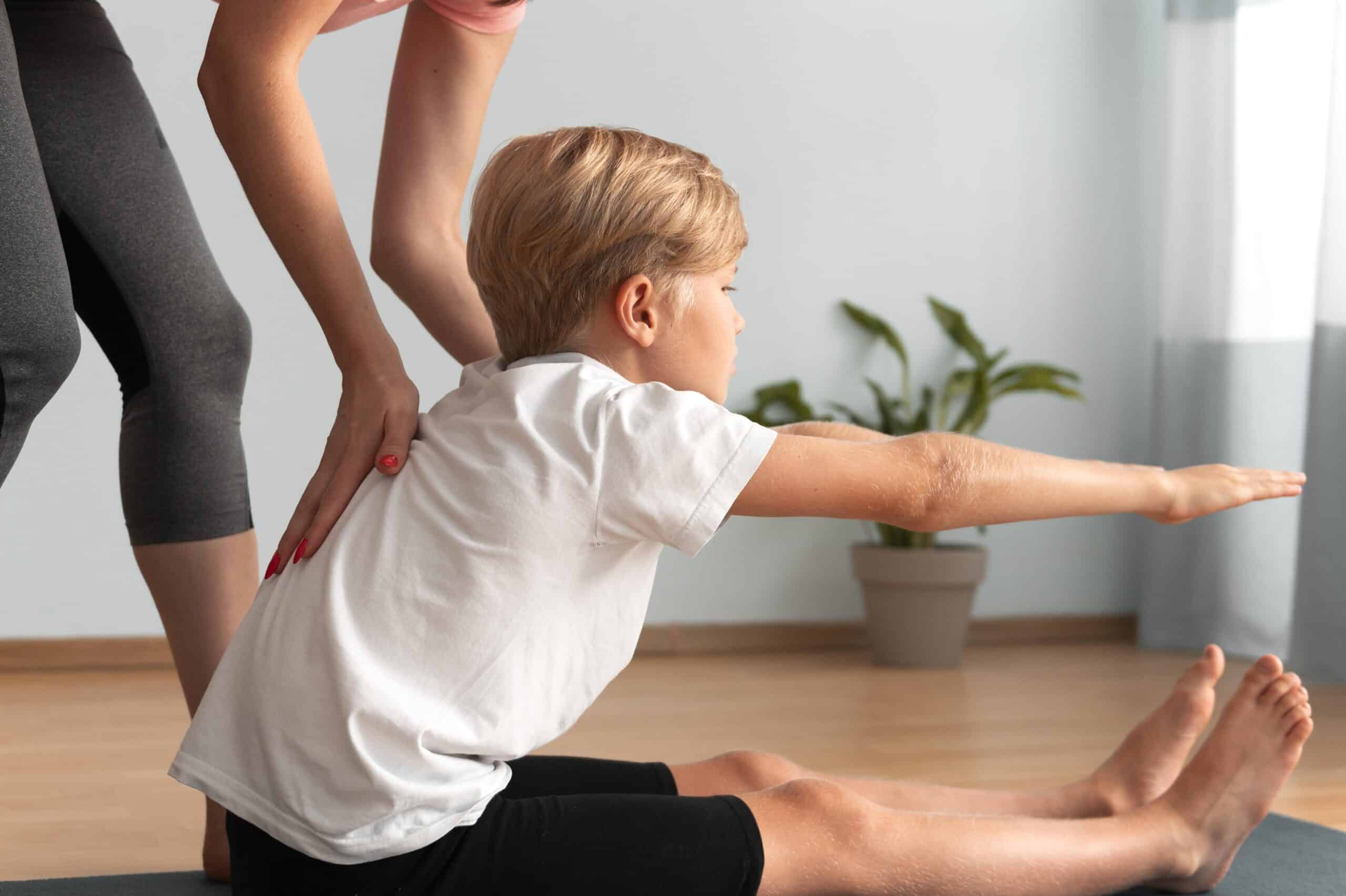Breathing is a fundamental and often overlooked aspect of our daily lives. While it may seem like a simple, automatic process, the way we breathe can have a profound impact on our physical and mental well-being. Many of us are unaware that there are two primary ways to breathe: chest breathing and belly breathing. In this article, we’ll explore the benefits of breathing through your belly and provide some practical techniques to help you harness its power for improved health and vitality.
Understanding Chest vs. Belly Breathing
Chest breathing and belly breathing are two distinct patterns of respiration. Chest breathing is characterized by the expansion and contraction of the chest and ribcage, with minimal movement in the abdominal area. This type of breathing is often shallow and rapid, typically associated with stress or anxiety.
On the other hand, belly breathing, also known as diaphragmatic breathing or abdominal breathing, involves the expansion and contraction of the diaphragm and the abdominal area. When you breathe through your belly, your diaphragm contracts and moves downward, allowing your lungs to fill with air as your abdomen expands. This type of breathing is slower, deeper, and more efficient.
The Benefits of Belly Breathing
- Stress Reduction: Belly breathing activates the body’s relaxation response, reducing the production of stress hormones like cortisol. It helps calm the mind, lower heart rate, and alleviate feelings of anxiety and tension.
- Improved Oxygenation: Deep belly breathing allows for greater oxygen exchange in the lungs. This means more oxygen is delivered to your cells, increasing energy levels and promoting overall well-being.
- Enhanced Lung Function: Belly breathing engages the lower lobes of the lungs, which often receive less air during shallow chest breathing. This can improve lung capacity and respiratory efficiency.
- Better Posture: When you breathe through your belly, you naturally engage your diaphragm and support your spine, leading to improved posture and reduced strain on the neck and shoulders.
- Digestive Health: Belly breathing massages the abdominal organs and enhances blood flow to the digestive system, aiding in digestion and reducing the risk of gastrointestinal issues.
- Sleep Quality: Incorporating belly breathing into your bedtime routine can help you relax, calm your mind, and improve the quality of your sleep.
Practical Techniques for Belly Breathing
- Find a Comfortable Position: Sit or lie down in a comfortable position, ensuring that your back is straight but relaxed.
- Place Your Hand on Your Belly: Put one hand on your chest and the other on your abdomen. This will help you become aware of your breathing patterns.
- Inhale Slowly: Take a slow, deep breath in through your nose, allowing your abdomen to rise while keeping your chest relatively still.
- Exhale Completely: Exhale slowly and completely through your mouth, allowing your abdomen to fall.
- Practice Regularly: Incorporate belly breathing into your daily routine. You can set aside a few minutes each day for focused practice or use it as a tool to manage stress and anxiety throughout the day.
Conclusion
Breathing is not just an automatic process but a powerful tool that can positively impact your physical and mental well-being. By choosing to breathe through your belly instead of your chest, you can reduce stress, enhance oxygenation, and improve various aspects of your health. With regular practice, belly breathing can become a natural and beneficial part of your life, contributing to your overall sense of vitality and tranquility. So, take a deep breath, let it out slowly through your belly, and embark on a journey to a healthier and more relaxed you.


